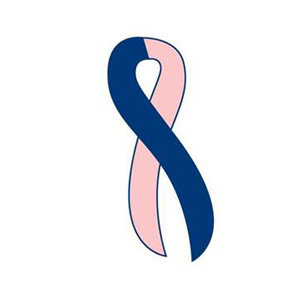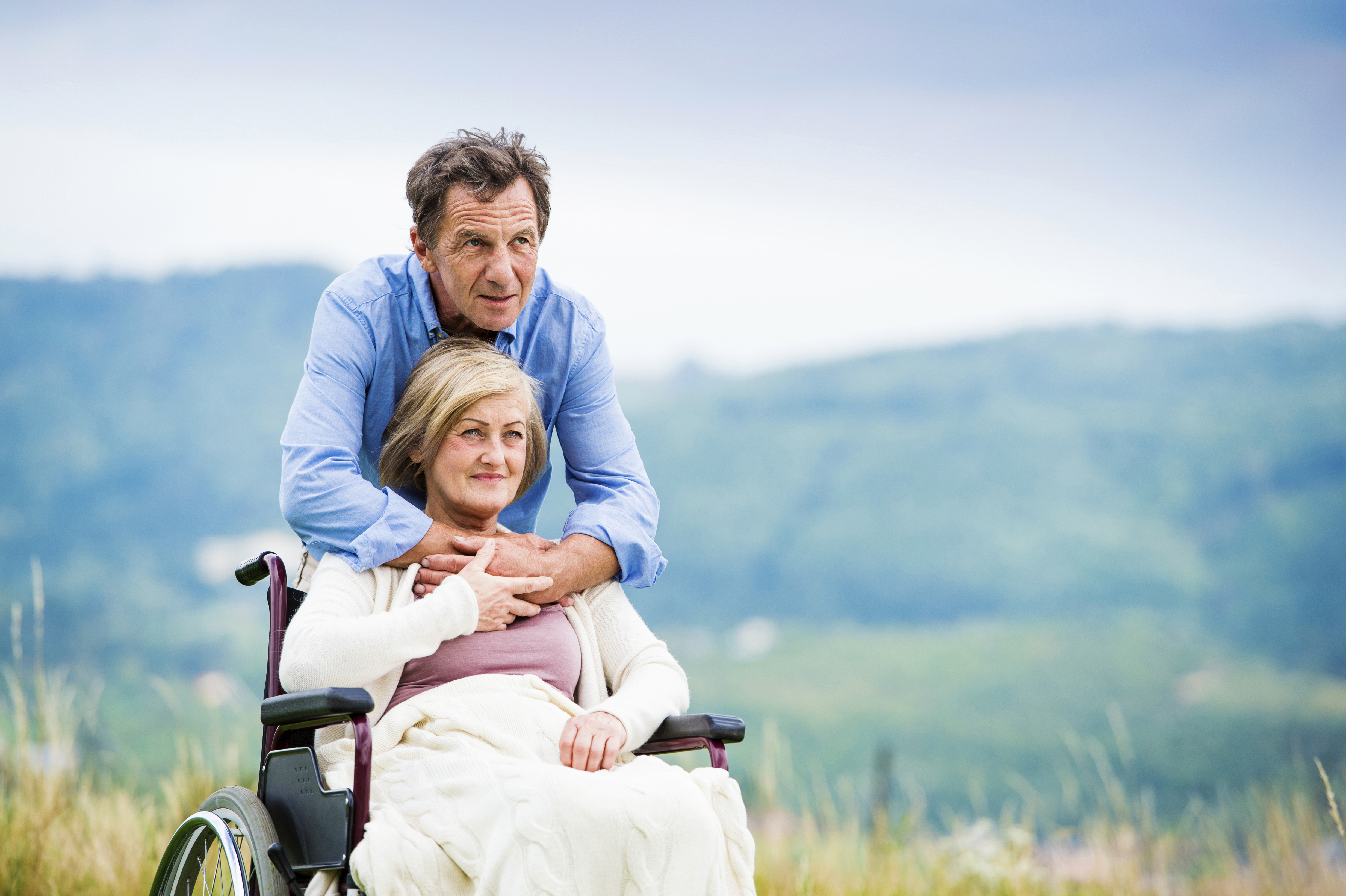AARP Hearing Center

Step outside on any street in October. Chances are you see pink signs, ribbons and streamers to observe Breast Cancer Awareness Month.
But have you seen any blue and pink ribbons? Probably not.
Meet the creator the blue and pink ribbon, Marc Heyison, who is the founder of Men Against Breast Cancer. Mark was interviewed on AARP Florida’s weekly radio show on WCGL (Jacksonville), about his award-winning non-profit to educate men who are caregivers for women battling breast cancer.
What exactly is Men Against Breast Cancer?
Men Against Breast Cancer is the nation’s first and only non-profit designed to educate and empower men to be there for the women they love.

Is your organization’s primary focus to help men who themselves are breast cancer patients or to support men as caregivers for the women in their lives who may be cancer patients?
While men do get breast cancer, Men Against Breast Cancer’s focus is helping men be there for the women they love. The John C. Nick Foundation would be a great resource for those looking for information on male breast cancer.
RELATED: Visit AARP's Caregiving Resource Center
Frequently, men feel pretty helpless if a woman they love receives a cancer diagnosis. Is this something you commonly hear from men?
Yes. They feel helpless and they feel hopeless and afraid that their spouse may die. Men Against Breast Cancer provides the blueprint and strategies on how to effectively be there for the women we love, by helping couples communicate in caring and compassionate manner.
What are some common responses that men have to this caregiving challenge, and how do male behavior patterns help or not help?
While it’s not the stereotype, we believe men are naturally good caregivers when they are given the opportunity and provided a blueprint. Unfortunately, there aren’t many tools to help them realize this natural talent. Not to say this is true of all men, but primarily, men want to fix things. Breast cancer is not something we can fix. In a phrase, our job in supporting the women we live is to just be there and make sure they know we are going to be there with them every step of the way .
Many times, “being there” means listening. Women want us to listen, to nod our heads in understanding, to put our arm around them, or just to give a hug. Our caregiving strength as men is in reaching out, not clenching our fists.
What is the C.O.P.E. model?
The cope model is an acronym for creativity, optimism, planning, and expert information.
Basically, it’s another way to brainstorm. As people, we brainstorm at work and at home—it’s a natural process. At Men Against Breast Cancer, we believe this approach gives us some control over an uncontrollable situation. Like any caregiving model, C.O.P.E. is not for everyone, but it can serve as the start of something for anyone. We believe that if our model gets couples to start thinking about how to approach the journey, then we’ve done our job.
Men Against Breast Cancer is the only organization of its kind, yet it’s one of the most successful breast-cancer non-profit organizations. Where did the inspiration for such a unique cause originate?
My mother is a 23-year breast cancer survivor. It’s a privilege and an honor to be able to say I founded Men Against Breast Cancer in her honor and not in her memory. It’s also an honor to run a program that aims to help others because my mom was always there for us and it was our time to be there for her.
What are the key programs to help male caregivers?
Our primary program is partners in survival – a series of workshops whose development was made financially possible by a grant from the Centers for Disease Control. Men Against Breast Cancer is the first organization focusing on breast cancer caregiving to receive a prestigious grant from the CDC to fight breast cancer. We used that grant to carry out partners in survival based on the cope model. Beyond partners in survival, there are additional education programs online.
Men Against Breast Cancer has received innumerable awards for its altruistic success. What sets apart your organization?
My first thought is its bittersweet. We are the only organization for men to be there for women they love. There should be many other organizations whose focus is on helping me. But what mainly sets us apart is the programs aren’t lectures – the plan is a blueprint. We emphasize that communication is a two-way street. That’s why our ribbon is pink and blue, signifying partners in survival. The workshop is successful because there’s no set of rules – it’s a journey to learn what works best for the couple, to become partners in survival.































































